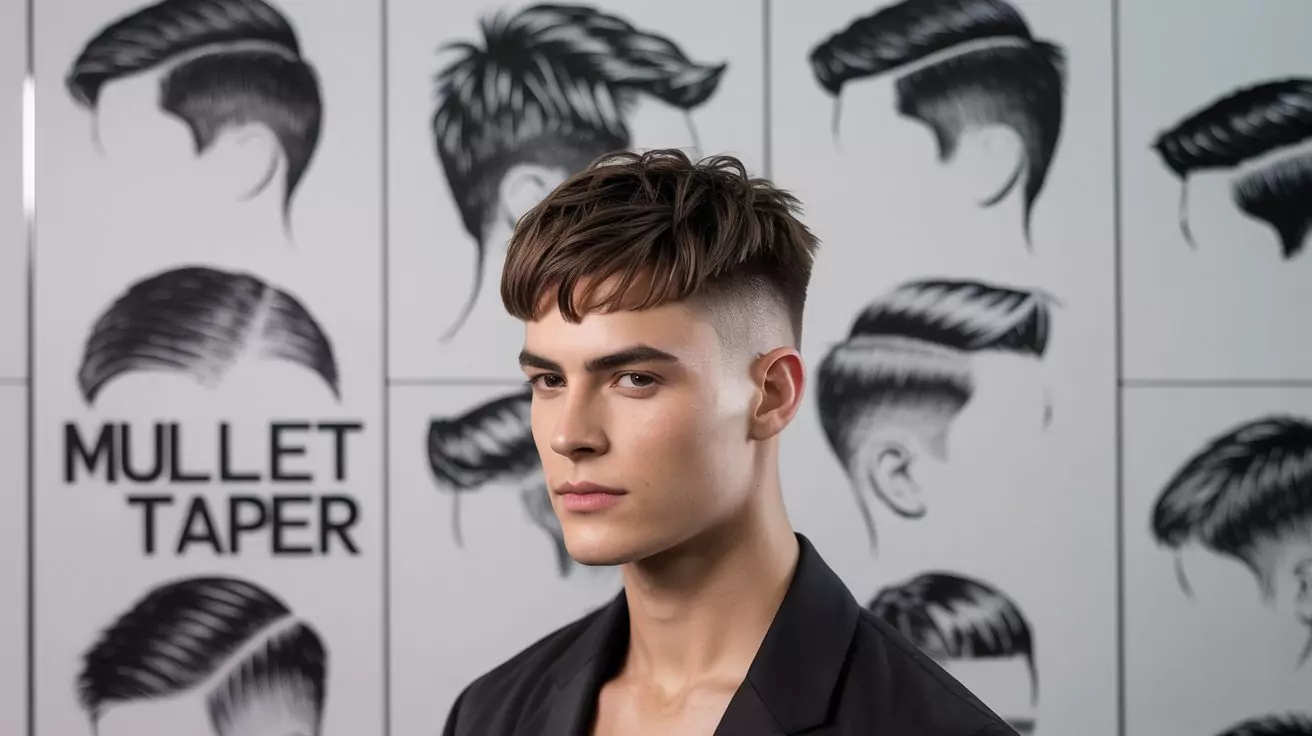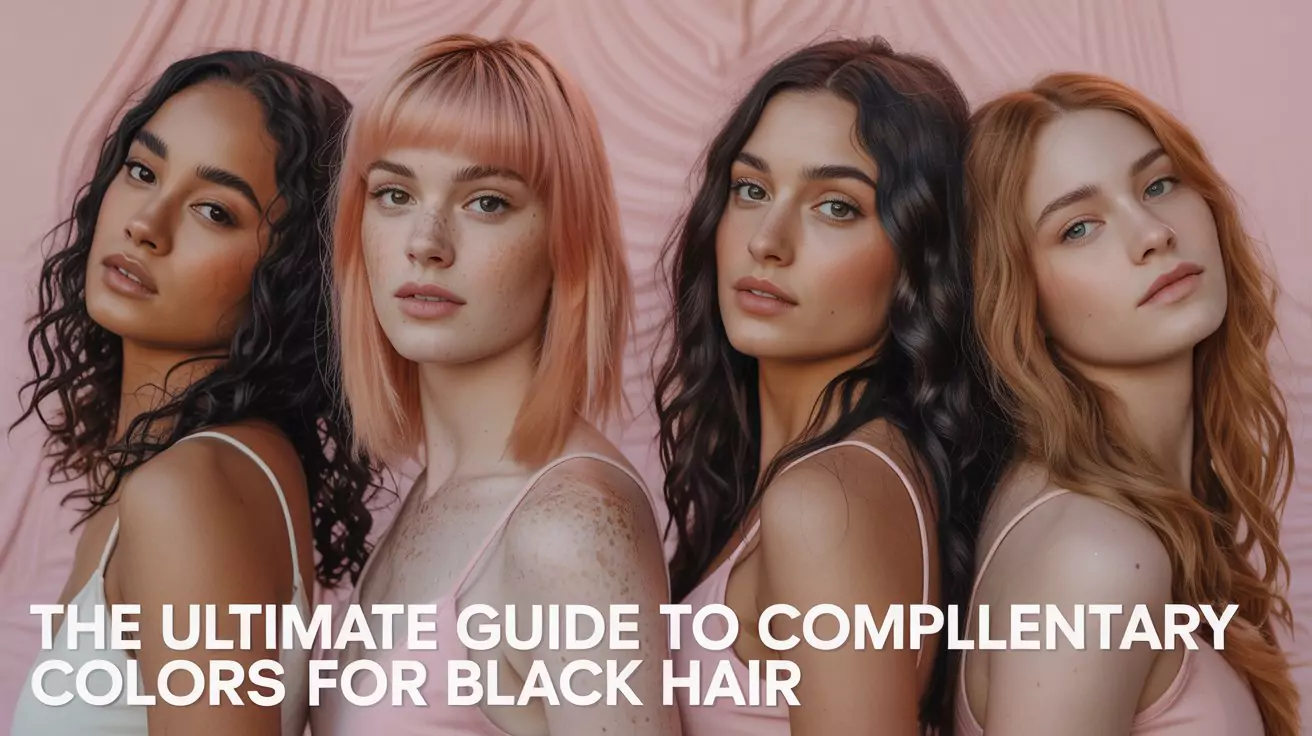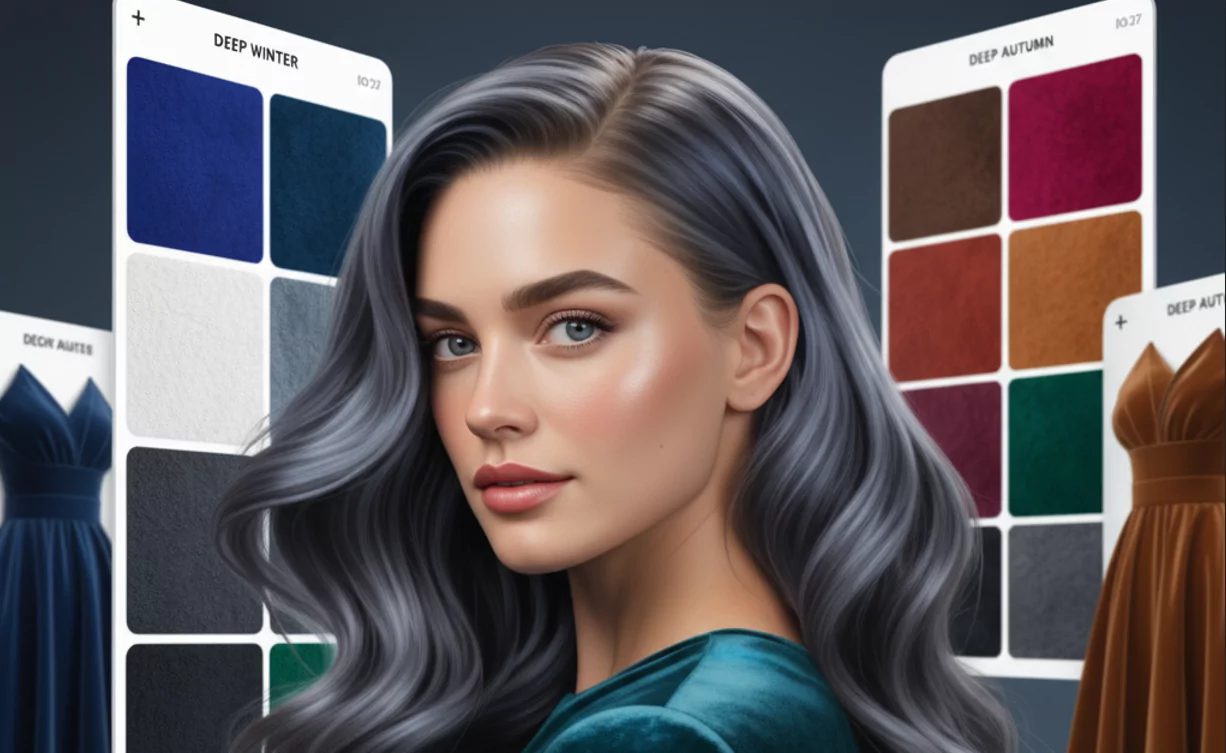Picture this: you’re scrolling through Instagram, mesmerized by those perfect curtain bangs framing a model’s face. You screenshot it, march to your bathroom mirror with scissors in hand, then freeze. Sound familiar? Choosing the wrong bangs for your hair type can turn your dream look into a months-long nightmare.
As a certified hair specialist with over 15 years of experience working with diverse hair textures, I’ve seen countless clients struggle with this exact dilemma. The truth is, what works beautifully on straight hair might spell disaster for curly hair. Let’s break down exactly how to match the perfect bangs styles to your unique hair texture.
Understanding Your Hair Texture Foundation
Before diving into specific types of bangs, you need to honestly assess your hair’s natural behavior.
Hair glossing can boost shine and smoothness, making your bangs look healthier, more defined, and easier to style.
Straight hair lies flat against your scalp and shows every cut line clearly. Wavy hair creates S-shaped patterns that can vary from loose waves to tight spirals. Curly hair forms definite curl patterns that shrink significantly when cut. Coily hair has the tightest curl pattern and requires the most specialized cutting techniques.
Your hair’s thickness also matters enormously. Bangs for thick hair need different approaches than bangs for fine hair. Thick hair can handle blunt bangs without looking sparse, while fine hair often needs wispy bangs or layered bangs for movement.
Face Shape Integration Strategy
Your face shape determines which bangs haircuts will enhance your features versus overwhelm them. This isn’t about following rigid rules – it’s about understanding proportions.
Bangs for oval face shapes offer the most flexibility since oval faces naturally balance well. You can experiment with short bangs, long bangs, or anything in between. Bangs for round face shapes work best when they’re longer and side-swept bangs rather than straight across, which can emphasize width.
Bangs for square face shapes benefit from soft bangs that break up angular jawlines. Feathered bangs or textured bangs work beautifully here. Bangs for heart-shaped face structures need width at the bottom, so curtain bangs that spread outward are ideal.
Best Bangs for Straight Hair

Bangs for straight hair offer the most styling versatility because they hold their shape consistently. Blunt bangs create sharp, modern lines that work especially well on thick straight hair. The key is cutting them when hair is completely dry to avoid shrinkage surprises.
Side-swept bangs suit almost everyone with straight hair and offer easy styling flexibility. They’re particularly forgiving if you’re new to bangs. Curtain bangs have become incredibly popular because they frame the face beautifully while remaining low-maintenance.
For fine straight hair, wispy bangs add movement without overwhelming delicate features. These work especially well when cut with slight layers to prevent that “helmet” look that can plague fine-haired folks.
Navigating Bangs for Wavy Hair
Bangs for wavy hair require working with your natural texture rather than fighting it. The biggest mistake I see is cutting wavy bangs too short – waves always spring up more than you expect.
Long bangs that hit around eyebrow level give waves room to move naturally. Curtain bangs work exceptionally well on wavy hair because they follow the hair’s natural movement patterns. Avoid super-blunt cuts that look choppy once your waves kick in.
Side-swept bangs complement wavy texture beautifully, especially when they’re cut with slight layers. The key is embracing that piece-y, lived-in look rather than trying to achieve perfectly uniform bangs.
Mastering Bangs for Curly Hair
Bangs for curly hair demand expertise because curls shrink dramatically when cut. What looks like eyebrow-length wet hair might spring up to your hairline once dry. Always insist on dry cutting with a stylist experienced in curly textures.
Curly bangs work best when they’re longer and less structured. Think textured bangs that blend seamlessly with your curl pattern rather than fighting against it. Voluminous curly bangs can look stunning when cut properly, but they require someone who truly understands curl shrinkage.
Layered bangs help curly hair maintain its natural bounce while creating face-framing movement. The key is working with your specific curl pattern – what works for loose curls might not suit tight spirals.
Coily Hair Bang Expertise
Bangs for coily hair require the most specialized knowledge. Coily hair has unique structural needs that many stylists don’t fully understand. Moisture retention becomes crucial with shorter pieces that dry out faster.
Textured bangs work better than blunt cuts for coily hair because they allow for natural shrinkage patterns. Consider how bangs will integrate with your regular protective styling routine. Will they work with your twists, braids, or wash-and-go styles?
Long bangs offer more styling versatility for coily hair. They can be swept to the side, twisted back, or incorporated into protective styles more easily than shorter options.
When Professional Consultation Becomes Essential

Some hair situations absolutely require professional bangs consultation. If you have multiple cowlicks, extremely thick or coarse hair, or have never had bangs before, don’t attempt DIY cutting.
A skilled hairstylist can assess your hair’s growth patterns, lifestyle factors, and maintenance willingness. They’ll consider how often you’re realistically going to style your hair and recommend accordingly. This prevents those “what was I thinking” moments three weeks later.
Daily Maintenance Realities
Bangs maintenance tips vary dramatically by hair type. Straight hair bangs need daily styling but hold their shape well. Curly bangs require specific products like leave-in conditioners and curl creams to maintain definition.
Essential styling tools for bangs include a small round brush for straight hair, a diffuser for curly textures, and quality heat protectant spray regardless of your hair type. Dry shampoo becomes your best friend for extending time between washes.
Hair care products matter enormously for bang success. Consider investing in specialized treatments like K18 Leave-In Molecular Repair Hair Mask for damaged hair or ROZ Santa Lucia Styling Oil for adding shine and controlling frizz.
Troubleshooting Common Bang Disasters
Growing out bangs gracefully requires strategy. Long bangs are easier to manage during awkward phases. Use headbands, clips, or styling techniques to blend them with longer layers as they grow.
If your bangs are too short, resist the urge to keep trimming. Instead, focus on styling techniques that help them lay better. Hairspray and strategic blow-drying can work wonders during those in-between weeks.
Your Perfect Bang Match Awaits
Choosing the right types of bangs for your hair type isn’t about following trends blindly – it’s about understanding your hair’s unique characteristics and working with them skillfully. Whether you opt for trendy bangs, classic blunt bangs, or modern curtain bangs, success comes from matching your choice to your natural texture and lifestyle.
Remember, great bangs enhance your features rather than demanding constant attention. Take time to research, consult with experienced professionals, and choose styles that make your morning routine easier, not harder. Your perfect bangs hairstyle is out there – it just needs to match your real life, not just your Pinterest board.




